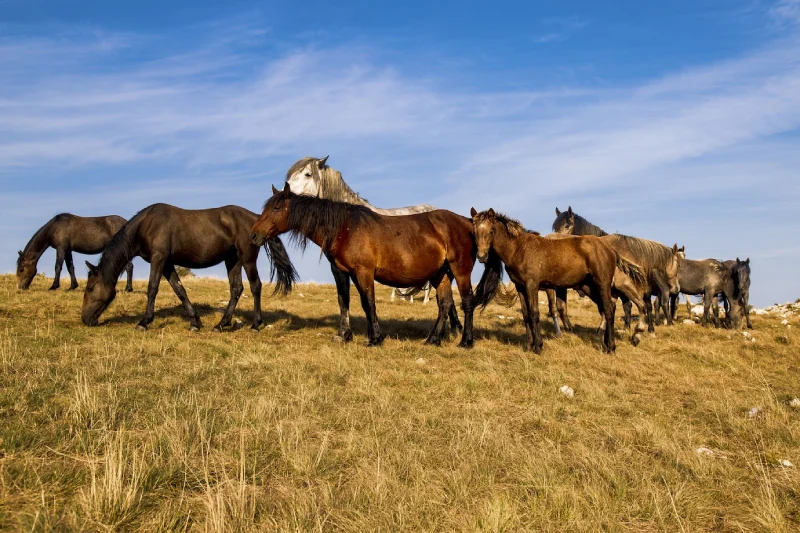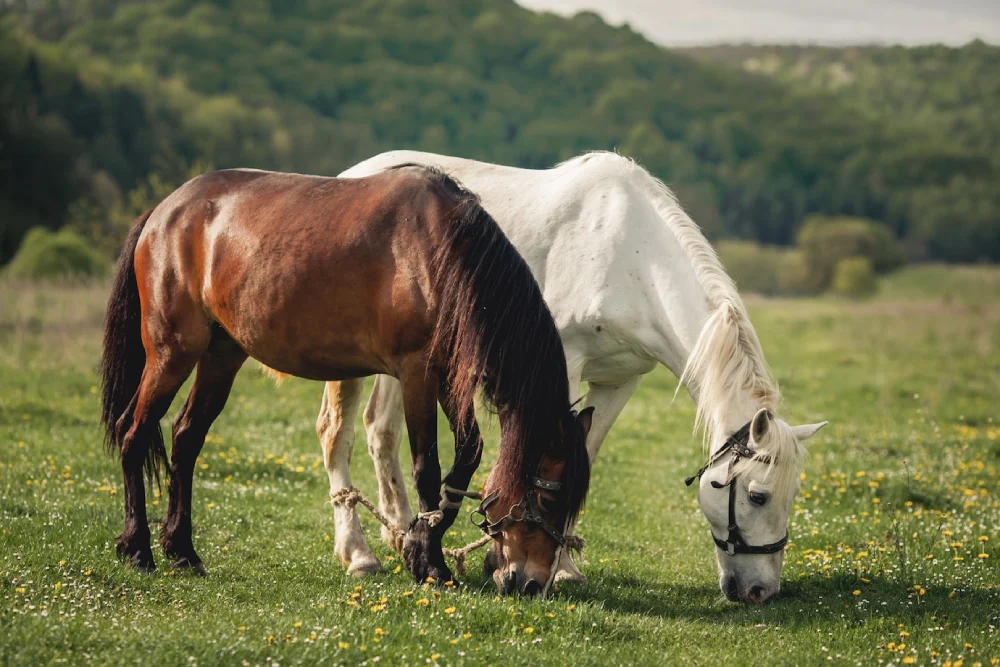Throughout ancient times, people have revered horses as gorgeous creatures. These horses come in a range of sizes and forms, and depending on the breed, their dimensions might differ significantly. We shall discuss a horse’s typical size in this article, including their height and length.
Let’s start by examining the height of horses. A horse’s shoulder height is typically about 15 hands, or 5 feet. There are numerous breeds, though, that are either taller or shorter than this norm. For instance, Sampson, a Shire horse, was the tallest horse ever recorded. Sampson measured 21.2 hands, or 7 feet, 2 inches, at the shoulder. Conversely, some pony breeds can grow to a maximum height of 10 hands, or 3 feet, 4 inches at the shoulder.
In the equine business, hands, an antiquated unit of measurement, are still commonly used to measure horses. Horses are measured from the ground to the top of their shoulder, or withers, and one hand is equal to four inches. The highest point of a horse’s back, where the neck and back converge, is called the withers.
Horses can differ in length in addition to height. From the point of the shoulder to the point of the buttock, a horse’s length is calculated. Horses often measure 8 to 9 feet long. Yet, a horse’s length can be influenced by a wide range of variables, such as its breed, age, and overall body composition.
The Akhal-Teke horse breed from Turkmenistan is one that is renowned for its length. These horses are frequently described as being long and thin, with lengths exceeding 10 feet. This breed is also well-known for its distinctive metallic coat hues, which can range from silver-grey to golden buckskin.
The Scottish draft horse breed known as the Clydesdale is another that is renowned for its size. These horses have a maximum weight capacity of 2,000 pounds and can reach a shoulder height of 18 hands, or 6 feet. The mild disposition of Clydesdales makes them popular for riding and driving despite their size.
It’s crucial to take both a horse’s height and length into account when determining its size. The breed can have a big impact on these dimensions, which can also be influenced by things like age, food, and general health. Also, it’s crucial to remember that, even while size can be a crucial aspect in selecting a horse, it shouldn’t be the only one. It is important to consider a horse’s temperament, training, and general aptitude for a given activity.
A horse’s size and look can also be influenced by physical traits other than height and length. Their build, which can range from light to heavy, is a significant consideration. Thoroughbreds and Arabians are examples of light breeds that are often more slender and agile, whereas draft horses are examples of heavy breeds that are more robust and muscular.

The gender of the horse can also have an impact on its size and look. Stallions, or male horses, can be bigger and more powerful than mares, or female horse. The testosterone present encourages the growth and development of muscles. It’s vital to remember that size and strength can differ significantly between each gender and should not be inferred from a person’s gender alone.
Last but not least, a horse’s age can have an impact on its size and look. Foals, or young horses, are often smaller and more delicate than mature adults. They will progressively grow to their final size and weight as their bones and muscles continue to develop. It is important to bear in mind that while certain breeds may continue to grow and develop until they are 6 or 7 years old, others may reach their full size by the time they are 3 or 4 years old.
In general, a horse’s size is influenced by a number of variables, such as breed, build, gender, and age. While length and height are key factors, it’s also crucial to examine other physical traits that may impact a person’s appearance and suitability for various activities. Understanding the elements that affect a horse’s size can help us appreciate and take better care of these amazing creatures.


